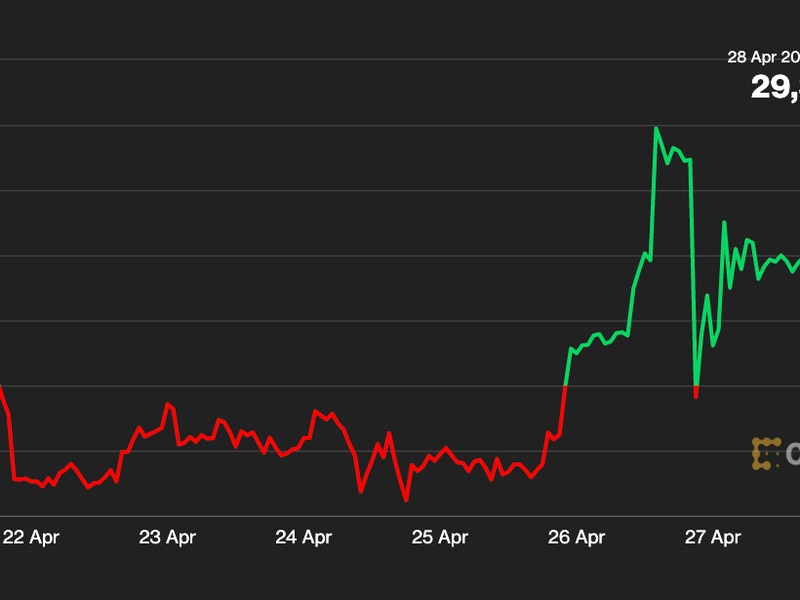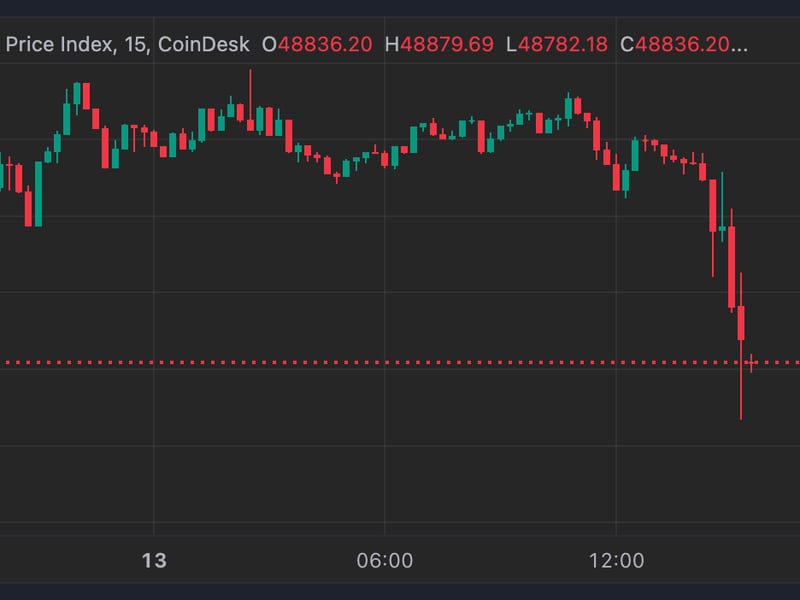The Trading Tools Institutions Need to Enter DeFi
This post is part of Consensus Magazine’s Trading Week, sponsored by CME. Antoni Zolciak is the co-founder of Aleph Zero.
There’s good reason for institutions to shy away from DeFi — regulatory uncertainty.
While ultimately desirable, many features native to decentralized finance (DeFi) — permissionless markets, pseudonymity, censorship-resistance — can also be considered gray areas for institutions who want to stay on the right side of the law (or preemptively clear future regulations).
For DeFi to thrive and attract a wider pool of capital it needs to strike the right balance between privacy and transparency through a proactive approach to compliance.
Transparency and compliance
Certain crypto verticals downplay or disregard the importance of regulatory compliance, including standard regulatory disclosures meant to increase transparency. This view is rooted in the industry’s philosophical origins (including a commitment to privacy) and technical foundations (blockchains are transparent by default). For the most part, DeFi has leaned towards this viewpoint.
However, crypto and privacy are not synonymous. They never have been. But privacy and transparency are also not mutually exclusive — a mistaken view that comes from a binary understanding of what privacy is. Instead, privacy has always existed on a spectrum.
DeFi and Web3 create new ways to navigate this spectrum. This has big implications for individual traders and entire industries, can help return privacy to its rightful place as an actual business prerogative, and ultimately something to be negotiated under flexible terms.
A lot of the research that is happening in zero knowledge technology, secure multi-party computation and other areas in advanced cryptography are creating a world where traders can maintain their privacy and businesses (or protocols) can deploy compliant fraud-prevention mechanisms.
Many of the solutions that would soothe the valid institutional and regulatory concerns with crypto are demanding. On-chain intellectual property protection and anti-money laundering (AML) analytics are not simple implementations, but require tools that work in real-time.
Protections for proprietary trading
DeFi needs to be more usable than simple swaps. Let’s introduce blazing-fast order book exchanges that remain decentralized but also protect the strategies of large players and ensure that no bad actors get involved with the ecosystem.
No institutional investor will ever get meaningfully involved in DeFi if all their intellectual property is plain to see for competitors on any block explorer, or even in the exchange itself
DeFi protocols can have all the benefits of having programmable money, permissionless markets and certain degrees of transparency while offering protections for intellectual property that are similar to what exist in traditional finance settings.
Streamlined identity verification
Another problem to solve is the incompatibility that exists between DeFi infrastructure and compliant infrastructure. Regulations are inevitably coming for crypto and Web3 as a whole and an end-to-end compliant approach should be available to users and institutions alike.
If we’re introducing know-your-customer (KYC) and know-your-business (KYB) tools to DeFi, let’s make it as user-friendly as possible. Ideally, these implementations would be interoperable within an entire blookchain ecosystem like Ethereum, including all of its layer 2s.
We need good identity infrastructure that makes things easier for users and developers alike by being compliant from the ground up. DeFi would benefit from having a cross-chain decentralized identity layer that manages user data and privacy but makes the necessary concessions for law enforcement when necessary.
AML analytics
Identity verification goes hand in hand with anti-money laundering (AML) regulations as well. On-chain AML analytics are certainly possible, and maybe even preferable to existing traditional AML analytics software. Analytics need reliable data sources and on-chain tools ensure that’s the case in ways that traditional software would not be able to.
The advantages of these analytics solutions go even further than compliance. Institutional players would also benefit from having on-chain risk management solutions as well as help with their due diligence processes.
Is DeFi ready?
Exchange-traded funds (ETF) conversations, the newfound focus on the tokenization of real-world assets and even recent Web3 product launches by major fintech brands (looking at you PayPal and VISA) are signaling an inflow of new institutional capital into crypto markets. Will DeFi also benefit?
The necessary technology is falling into place, and the industry has the right intentions — and so, hopeful, an influx of capital will soon follow. However, this time we must ensure is that DeFi’s growth remains sustainable, and this can only happen if it stays on the right side of the law and if institutions meet the obligations of their stakeholders.
Striking the right balance between privacy and transparency — where traders and institutions benefit alike — is what will help soothe institutions’ valid concerns over participating in DeFi markets.
CoinDesk does not share the editorial content or opinions contained within the package before publication and the sponsor does not sign off on or inherently endorse any individual opinions.”









